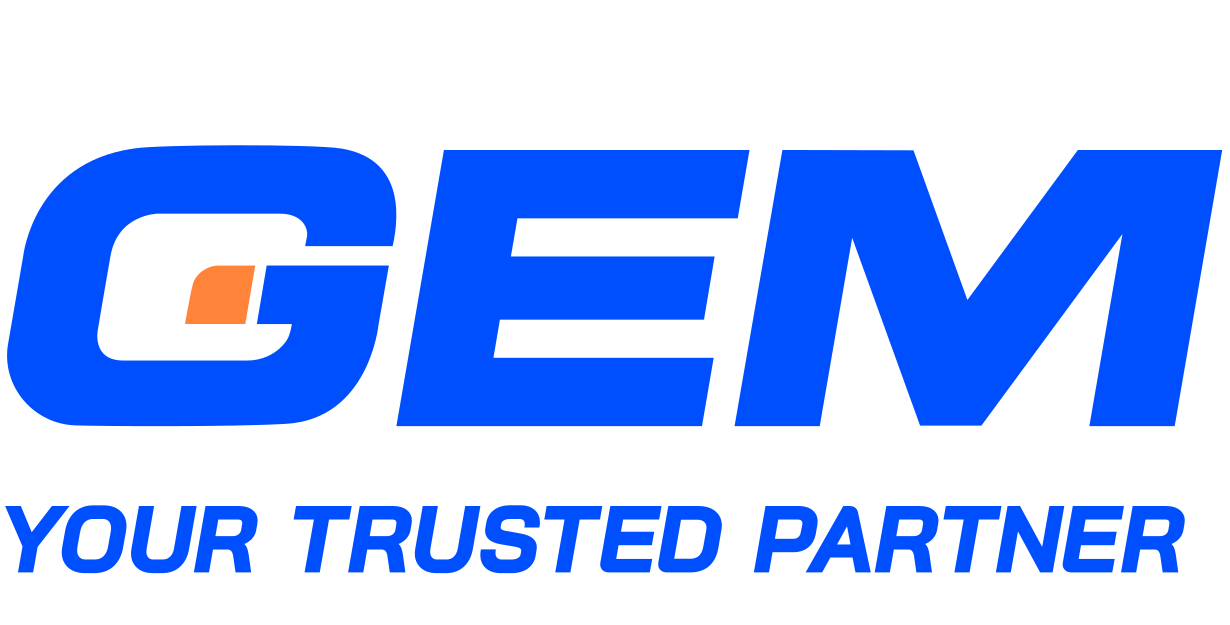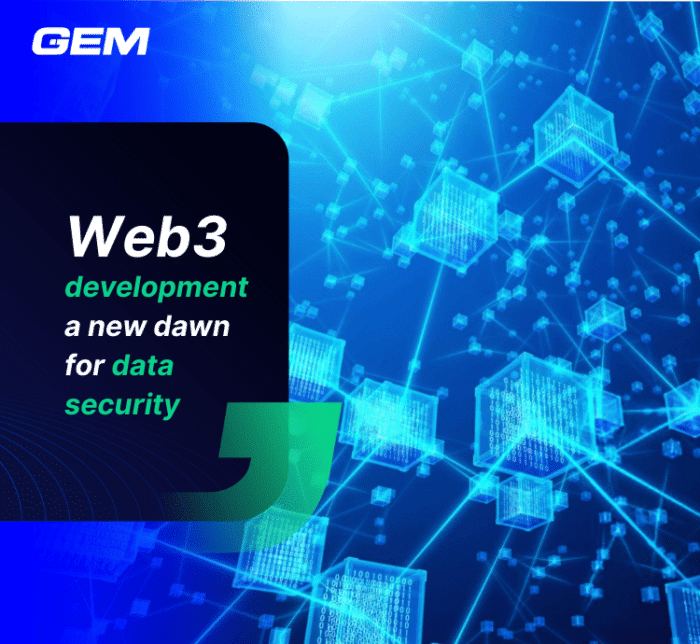Contents
In recent years, the term “Web3” has become a buzzword in the technology and business sectors. Notably, only fewer than four percent of respondents in a 2022 KPMG survey indicated that they do not plan to incorporate this new technology into their businesses.
But what exactly is Web3 technology, and why is it gaining so much attention? This guide will provide an overview of this advancement and examine its advantages and challenges, before discussing how it can be leveraged effectively in your business.
What is Web3?
Web3 technology is the next evolution of the internet, shifting from the interactive Web2 to a decentralized version where users control their data. Web2 is characterized by the monetization of user data by major corporations that also possess control over functionality and governance. Meanwhile, Web3 leverages blockchain technology to enhance privacy, security, and peer-to-peer interactions without intermediaries. This new phase envisions a more open and community-operated web which gives users greater control over their online experiences.

The core technologies of Web3
Web3 represents what the internet is like when being built on innovative technologies, with the three main ones being blockchain, smart contracts, and digital assets and tokens.
Blockchain technology
Blockchain is a decentralized and digitally distributed ledger spread across a computer network, facilitating transaction recording. As new data is added, a new block is formed and permanently attached to the chain. All nodes on the network update to reflect this change, eliminating a single point of control or failure.
Blockchain is the foundational technology for Web3 technology because it enables a decentralized and secure infrastructure for applications and transactions. It eliminates the need for intermediaries by providing a transparent and immutable ledger.
Smart contracts
A smart contract is a self-executing contract where the terms of the agreement are directly written into lines of code. Smart contracts automatically enforce and execute actions when predefined conditions are met, removing the need for intermediaries and reducing the risk of fraud.
Smart contracts are integral to Web3 development by providing automated and trustless execution of agreements and processes on the blockchain. They enable decentralized applications (dApps) to function efficiently and securely without intermediaries.
Digital assets and tokens
Digital assets and tokens, including cryptocurrencies, stablecoins, CBDCs, and NFTs, exist solely in digital form. They can represent tokenized versions of real-world assets, facilitating value exchange and ownership within decentralized networks. These digital representations empower new economic models and user interactions in the Web3 ecosystem.
The transformative role of Web3 technology
Web3 technology offers numerous advantages that are reshaping the digital landscape and providing new opportunities for creators, users, and businesses alike.
Innovation and empowerment
Web3 fundamentally alters the content creation economy by giving creators more control over their work and its distribution. Instead of relying on centralized platforms that often take significant portions of revenue, creators can use decentralized platforms to monetize directly. This shift ensures that creators retain ownership and reap the financial benefits of their content. This empowerment extends to new forms of digital art and media, where creators can issue NFTs (non-fungible tokens) that represent ownership of unique digital items, further expanding their revenue streams.
Data privacy and security
Web3 technology enhances data privacy and security through advanced cryptographic techniques and decentralized networks. In traditional web systems, user data is often stored in centralized servers, making it vulnerable to hacks and breaches. Web3’s decentralized approach disperses data across a network, reducing the risk of a single point of failure. Users have greater control over their data, deciding who can access it and how it is used. This shift is crucial for protecting personal information and fostering trust in digital interactions.

Decentralized ownership
Web3 enables decentralized ownership of digital assets, which promotes transparency and collective management. Blockchain technology underpins this system, allowing for the creation of immutable records of ownership and transactions. This transparency is especially valuable in sectors like real estate, art, and intellectual property, where it can prevent fraud and disputes. Decentralized ownership also means that assets can be managed and transferred without intermediaries. This change is expected to reduce costs and increase efficiency.
New revenue streams
Web3 opens new revenue opportunities, such as the ability to own and trade in-game assets. In traditional gaming models, players spend money on in-game items without value outside the game.
The rise of Web3 is not just a technological shift but a strategic opportunity for businesses to stay competitive in the digital era. From empowering creators to safeguarding user data and driving decentralized ownership, Web3 lays the foundation for the next wave of innovation. It is highly beneficial for businesses to embrace digital transformation and position themselves for sustainable growth in the Web3-driven digital economy.
Make your digital transformation seamless and future-ready Accelerate your business growth with zero-disruption modernization services. Maximize the value of your current infrastructure, streamline processes, and cut expenses.
How Web3 technology empowers different sectors
How can different sectors leverage the new decentralized landscape to achieve greater success?

Finance
Given the central role that cryptocurrency is poised to play in Web3 business models, it is no surprise that one of the most potentially fruitful areas of the new age will be financial businesses. In fact, the term for the industry facilitating this new way of transferring money is decentralized finance, commonly known as DeFi.
DeFi enables the smooth transfer of digital assets and currency without the need for them to go through a traditional bank or broker. There is clear potential here for the creation, for example, of a DApp, a decentralized application, that can offer DeFi services to people with Web3 startup ideas. DeFi is a sector ripe with possibilities.
Logistics
Web3 technology offers numerous solutions for sectors traditionally involving multiple parties in transactions, especially in cross-border goods movement. The decentralized and streamlined nature of Web3-driven business models presents potential benefits in areas like storage and shipping to create more efficient and simplified trading processes.

Healthcare
This is one area in which Web3 and blockchain technology can potentially deliver significant benefits both to patients and healthcare providers. Patients can access and control their data instead of leaving it in the hands of health firms. They can then deal directly with healthcare companies. The security implicit in the blockchain means that sensitive data can be protected, while also being transferred more efficiently between patient and provider.
Gaming
Another area ideal for Web3 business ideas and opportunities is games – specifically play-to-earn (P2E) gaming. Games are more immersive than ever thanks to advances in digital technology, and many people also relish the fact that it is possible to earn cryptocurrency and tokens by achieving victories and titles. In addition, there is even the possibility of selling advertising space on the platform to add another income stream for any ambitious Web3 development company
Social media
Social media is the field that epitomizes the difference between Web2 and Web3. It is likely that platforms will no longer be owned by large corporations. Instead, the next generation of mass-interest household names in this sphere will be community-owned.
Creating a social media platform with all the advantages conferred by decentralization and blockchain could be an outstanding investment opportunity for organizations and individuals looking to develop Web3 business ideas.

Challenges of employing Web3 technology
Web3 promises a future where users control their data and online experiences, but there are significant considerations before widespread adoption becomes a reality.
Identifying early use cases and applications
One significant challenge in the adoption of Web3 technology is pinpointing early use cases. It was reported to be the biggest concern among business decision-makers.
This step involves finding practical, real-world applications that showcase the benefits of Web3 to businesses and consumers. Unlike the well-established use cases of Web2, Web3’s decentralized nature requires innovative thinking to integrate into existing systems. Early adopters must navigate complexities such as understanding blockchain technology, smart contracts, and decentralized finance (DeFi), and then effectively communicate these benefits to a broader audience to drive adoption.
Complexity and user-friendliness
At its core, Web3 development services rely on complex technologies like blockchain, which can be rather unfamiliar for new users. Unlike the intuitive interfaces of Web2 applications like social media or email, current Web3 applications often require a significant understanding of crypto wallets, digital assets, and unfamiliar platforms. This creates a barrier to entry and hinders mainstream adoption.

Scalability
Blockchains, the foundation of Web3, were not built to handle the massive user bases and transaction volumes we see in Web2 applications. As the number of users on a blockchain network increases, processing times can slow down significantly, and transaction fees can skyrocket. This can be a major turnoff for users accustomed to the speed and efficiency of Web2.
Regulation
Governments around the world are still grappling with how to regulate cryptocurrency and other aspects of Web3 technology. The lack of clear regulations creates uncertainty for businesses and users alike. Businesses are hesitant to invest in technologies with unclear legal frameworks, and users worry about the security of their assets and the potential for scams in an unregulated environment. This lack of clarity is a significant roadblock to mainstream adoption.
Security and scams
The decentralized nature of Web3, while offering advantages in control as mentioned above, also makes it vulnerable to hacks and scams. Therefore, it was highlighted as the second biggest concern of respondents on Web3 adoption in the abovementioned 2022 survey by KPMG.
Unlike traditional financial institutions with robust security measures and customer protection programs, there’s no central authority in Web3 to recover stolen funds if you fall victim to a scam or hack. This raises significant security concerns for users who are hesitant to put their digital assets at risk.

Interoperability
Currently, different blockchains often function as isolated ecosystems. This means that digital assets like cryptocurrencies or NFTs cannot be easily transferred between them. This issue limits the overall utility of Web3.
The missing link: A “killer app”
Web2 thrived on the rapid adoption of user-friendly applications like social media and email that quickly captured the attention of a broad audience. Web3 technology, however, is still searching for its equivalent – a widely used application that showcases the true potential of the technology and brings users into the fold. Without a “killer app” that demonstrates the clear benefits of Web3, it may struggle to gain widespread traction.
Are Inefficiencies Draining Your Resources? Let’s Fix That! With GEM’s cutting-edge solutions, we’ll help you streamline workflows, optimize operations, and set your business up for sustainable success.
A strategy for effective Web3 technology adoption
While the challenges of Web3 adoption are significant, industry leaders have gradually outlined strategic approaches to navigate these obstacles effectively.
Experimentation over research
Adam Schouela, Head of Emerging Technology at Fidelity Investments’ Center for Applied Technology, emphasizes the importance of hands-on experimentation over merely defining terms and research – or “building to learn”.
This hands-on method helps understand interactions, generate insights, and quickly assess potential impacts on the company and its stakeholders.
Aligning with business needs
The necessity of aligning Web3 technologies with actual business needs to generate returns is undeniable. Therefore, business decision-makers are working through key issues such as demonstrating tangible business benefits, managing costs, and mitigating risks associated with this emerging technology. This priority is especially important to create confidence with internal constituents and customers.

Conclusion
In conclusion, Web3 technology represents a significant shift from the traditional Web2 model. It offers a decentralized, secure, and user-centric internet experience which leads to substantial benefits in various sectors like finance, healthcare, gaming, and logistics are substantial. The journey toward mainstream adoption may be complex, but the transformative potential of Web3 makes it a critical area of focus for the future.
Do you want to explore more of Web3 capabilities?
With extensive hands-on experience with various Web3 projects, GEM Corporation is ready to bring your ideas to life.
Drop your contact and let’s discuss how GEM can help with your Web3 initiative!



